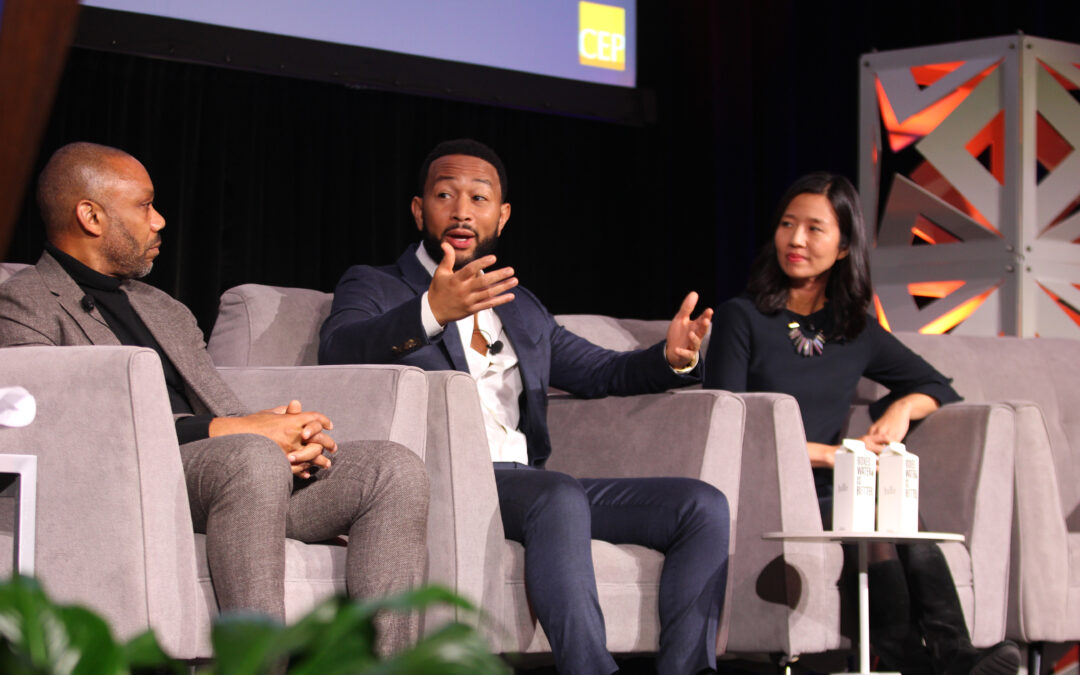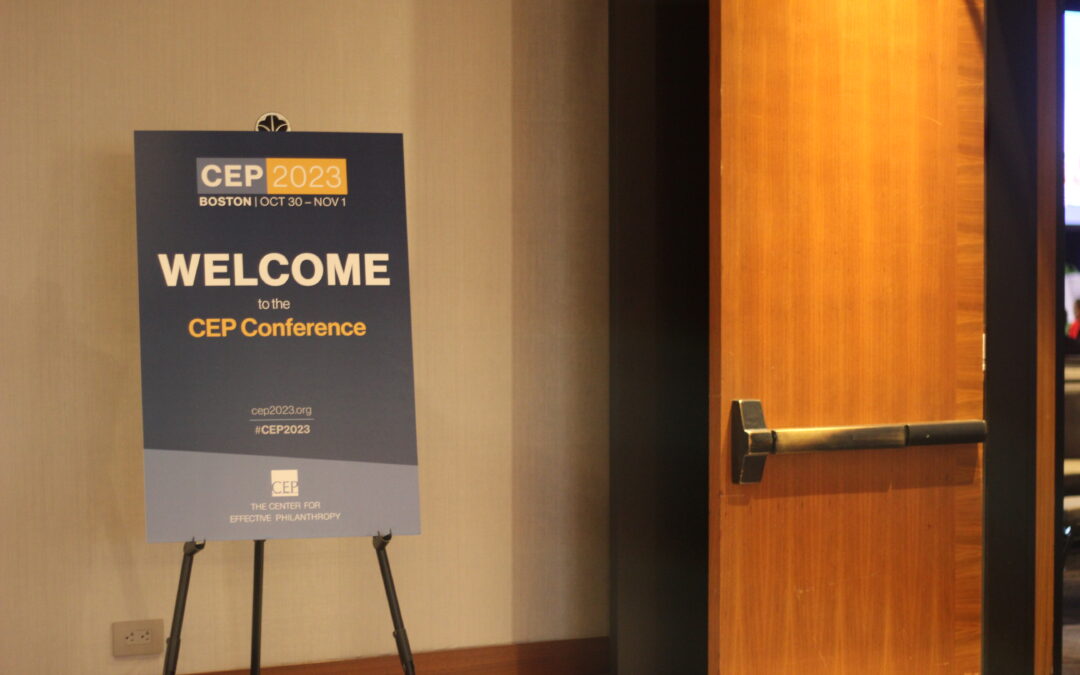We need to rethink our understanding of power. And by “we,” I mean all of us engaged in promoting social change and supporting efforts to move our communities forward, especially those of us inclined to believe we still have a greater hold on the reins to power than we actually do.
That was my primary takeaway from CEP’s idea-rich biennial conference in San Francisco last month. As chair of the CEP Board I know to expect the best from this organization and its exceptional team. But this conference stood out for its willingness to rattle the comfortable cages of a philanthropic field too often content to play it safe and wear its power confidently on its well-heeled sleeve.
The diffusion of power in modern society and what that means for the social sector emerged as the conference’s dominant theme. Harvard Kennedy School leadership professor Barbara Kellerman delivered a blistering attack on the $50 billion leadership industry and what she dismissed as its narcissistic focus on the self. The heroic leader model is obsolete, she argued, at a time when technology is driving “the rise of the rest” and shrinking the gap between leaders and their so-called followers. Her point: Leadership today is more a system than an individual, and is vested much less in authority than in influence.
That concept was underscored and given productive meaning in a superb presentation by Henry Timms, executive director of New York City’s 92nd Street Y and creator of the international philanthropic phenomenon known as #GivingTuesday. Timms is the co-author of a Harvard Business Review article on “new power,” which he describes as peer-driven, immediate, and under constant construction by the many rather than the few.
Timms is no starry-eyed idealist envisioning a techie, distributed-power utopia, though, as he very much sees the potential for abuse in the new power dynamic. If the Arab Spring was one face of this new reality, he points out, so is the Islamic State. But he argues that social sector leaders must adapt to this new form of power and accept that today’s foremost leadership task is to launch positive social movements around the issues we care about most.
How? First, by listening to and genuinely hearing the people we hope to engage, and then by finding opportunities for them to co-create and ultimately co-own the movement. The only meaningful test of whether we have succeeded, Timms says, is whether the movement actually moves. Does it carry forward on its own?
For social sector organizations, that means putting mission over brand and letting go of the impulse to control every step of the path we hope will lead to a new and more promising set of outcomes. Perhaps most unsettling for a field enamored with its logic models and tidy hierarchies of influence, new power means shared power.
The importance of listening in that equation was a constant refrain at the conference. The Hewlett Foundation’s effectiveness guru (and fellow CEP Board member) Fay Twersky announced the launch of Listen for Good, a multi-foundation initiative to dramatically expand the use of feedback loops in the social sector. Jocelyn Wyatt, a design expert from IDEO.org, challenged foundations to engage in empathetic listening as the first and fundamental step in creating the products and processes that meet real human needs. And a powerhouse panel of philanthropic leaders reflected on how they are experimenting with new forms of the craft as they pay closer attention to feedback from their own work and the field more broadly.
But the most powerful case for listening came from two other speakers: Shankar Vedantam and Van Jones. In an onstage conversation after his talk, Vedantam, a science correspondent for NPR and the author of The Hidden Brain, argued that “bludgeoning opponents with facts” about highly-charged topics like climate change and childhood immunizations simply does not work in persuading them to accept the science. In fact, he said, it tends to have the opposite effect. Instead, the more effective solution is to search for common ground on beliefs and values.
DreamCorps founder and CNN commentator Van Jones gave a clear example of how that can work in the conference’s most inspiring talk, which focused on the moral imperative to end this country’s shameful mass incarceration of young black males. (You can now watch the talk in its entirety here). Jones is a gifted speaker, but what gave his talk special resonance was his description of finding allies for his work among libertarians, evangelicals, and fiscal conservatives, whose values he has found can align with his in this one area. “It turns out you can work with people you don’t agree with on things you do agree on,” he noted, calling for a new “politics of partnership.”
That phrase could sound quaint and even naive in this era of bitter partisanship, until we remember that successful social movements are and always have been entirely about the politics of partnership. What is a movement if not a dynamic convergence of unlikely allies who find common ground on a set of beliefs and values that impel them, individually and collectively, toward change?
A perfect reminder of that was offered at the conference by the Evelyn and Walter Haas, Jr. Fund’s Sylvia Yee in a stirring account of philanthropy’s role in the fight for marriage equality. What ultimately turned the tide in that still-ongoing struggle, she argued, was to remind people that, at its core, it was about love. And love, it turned out, was the common ground large and abundant enough to contain a movement.
We still have much to learn about how today’s changing power dynamics will affect the work of philanthropy and the social sector. But I hope foundations will not leap to the wrong conclusion by guessing the diffusion of power will somehow diminish our capacity for effectiveness. Without question it will diminish our capacity for “heroic leadership.” But let’s face it — that has always been wildly overrated in any case.
Timms closed his presentation with a lovely thought. The central issue of our time, he said, is not how to connect more people to more technology, but rather how to connect us all with our own greater humanity. It seems to me that this charge — to connect us with our true humanity — has always been the defining task of philanthropy.
At its best, philanthropy seeks to give voice to the voiceless and, perhaps more importantly, as a colleague of mine at The Heinz Endowments recently put it, “ears to the earless.” Our role is not to comfort the comfortable but to uplift the afflicted. The opportunity to share power with society’s unheard voices may be anathema to some, but for foundations, if we are true to our common mission and to the ground upon which we all stand, it should be music to our ears.
Grant Oliphant is president of The Heinz Endowments and chair of the CEP Board. Follow him on Twitter at @go_grant.


